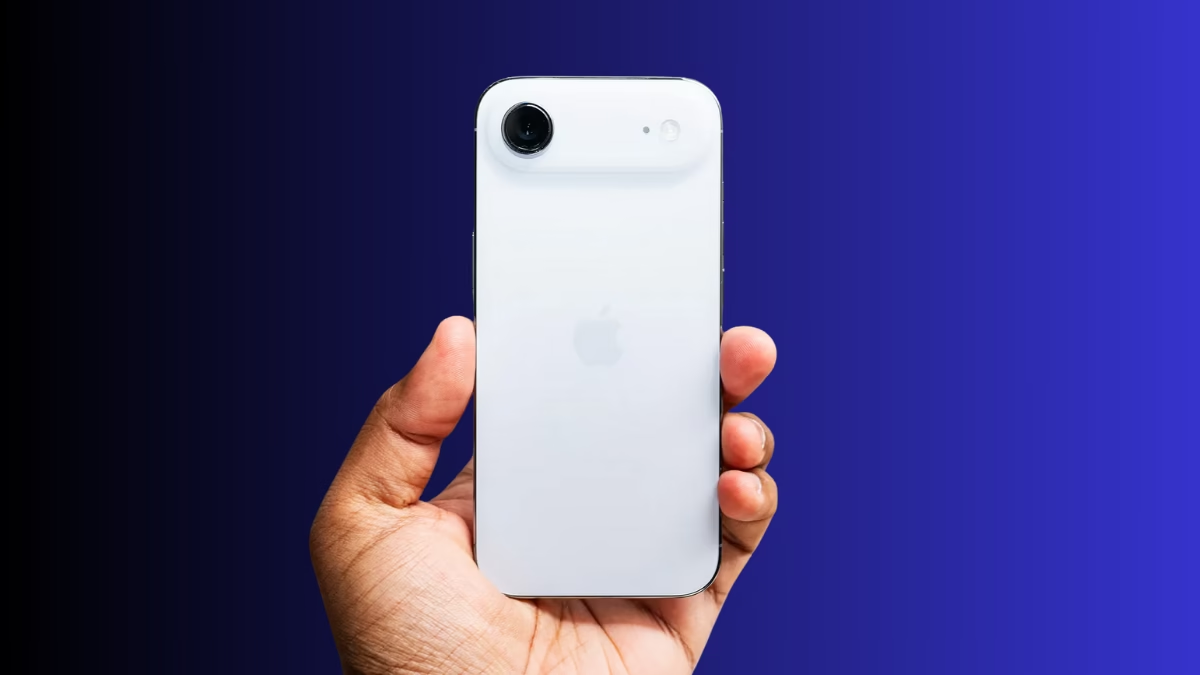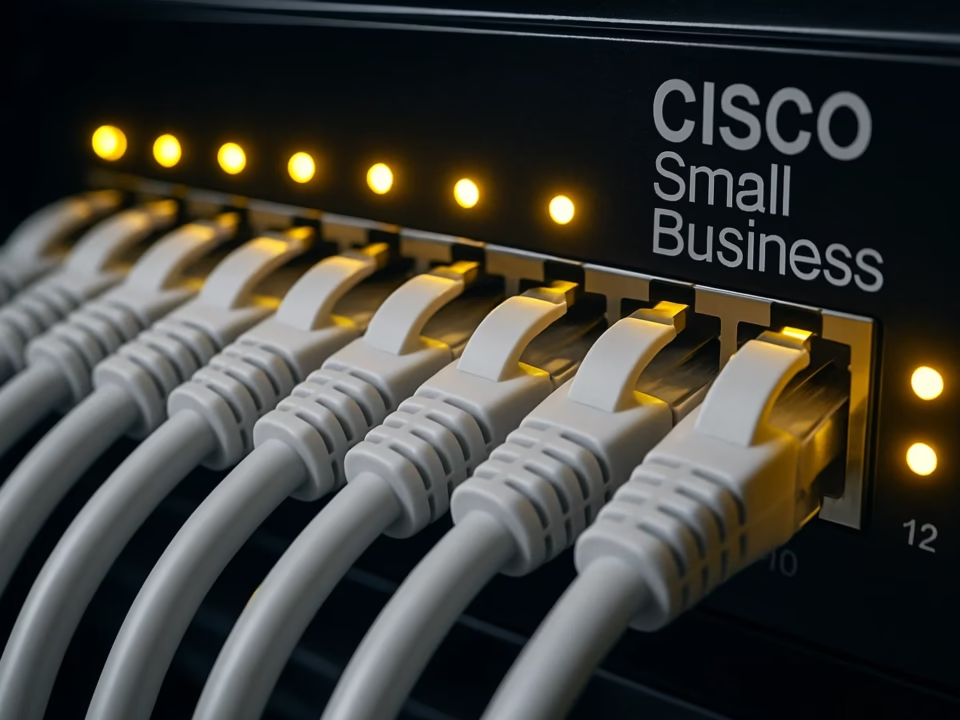
Microsoft Cloud Outage Caused by Red Sea Cable Damage
September 8, 2025
Business Consultancy Services: Guiding Your Brand Towards Smarter Growth
September 10, 2025A Shift from Familiar to Fresh Innovation
Apple has followed a fairly consistent design language since the iPhone 11 debuted in 2019. But with the iPhone 17 lineup, change is finally arriving in Cupertino. While the standard iPhone 17 looks similar to its predecessors, the iPhone 17 Pro introduces an entirely new horizontal camera layout. Even more notable, Apple has added a brand-new device to the family — the iPhone 17 Air. This model replaces the rumored iPhone 17 Plus and brings with it a bold new look. With its ultra-slim profile, the iPhone 17 Air design stands as the thinnest iPhone ever created.
Subtle Changes to the Standard iPhone 17
The base iPhone 17 — typically Apple’s best-selling model — hasn’t seen drastic design changes. Apple introduced the new lineup during its annual September event at the Steve Jobs Theater in Apple Park, Cupertino, alongside the latest Apple Watch and AirPods Pro models. While the standard edition maintains Apple’s signature look, its appeal lies in being a balanced, reliable upgrade for everyday users.
Ultra-Thin Build with Lightweight Appeal
The iPhone 17 Air design is so thin that it can be compared to stacking just seven credit cards together. This level of slimness results in a weight reduction of 24 grams compared to the regular iPhone 16. With a spacious 6.5-inch display, the device feels dramatically lighter and more refined in hand. Apple has used titanium for its frame, enhancing durability, while its front panel employs the new Ceramic Shield 2 material. According to Apple, this innovation provides 3X greater scratch resistance and 4X stronger drop protection. The back glass, however, still uses the original Ceramic Shield mixture.
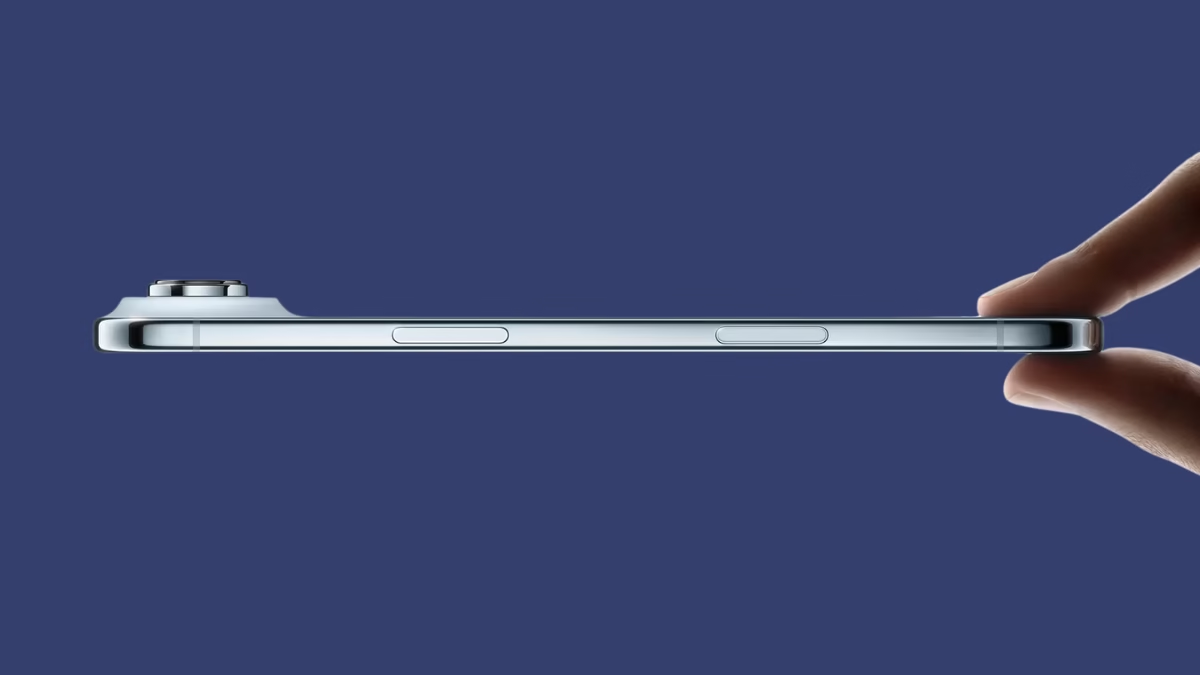
New Camera Layout with Trade-Offs
Although the iPhone 17 Air design introduces a sleeker frame, the camera bump remains. It has now shifted to a horizontal layout, reminiscent of Google’s Pixel lineup. However, compromises are present — the Air includes only a single rear camera. This camera can simulate a 2X optical zoom, but unlike competitors such as Samsung, it lacks an ultrawide lens. This makes the iPhone Air less versatile for photography enthusiasts.
Enhanced Connectivity with New Chips
The device debuts Apple’s C1X modem, offering sub-6 5G connectivity, though millimeter-wave 5G support is absent. It also introduces Apple’s new N1 wireless networking chip, supporting Wi-Fi 7, Bluetooth 6, and Thread. These enhancements significantly improve local smart home controls when paired with compatible devices, giving users a taste of Apple’s expanding smart ecosystem.
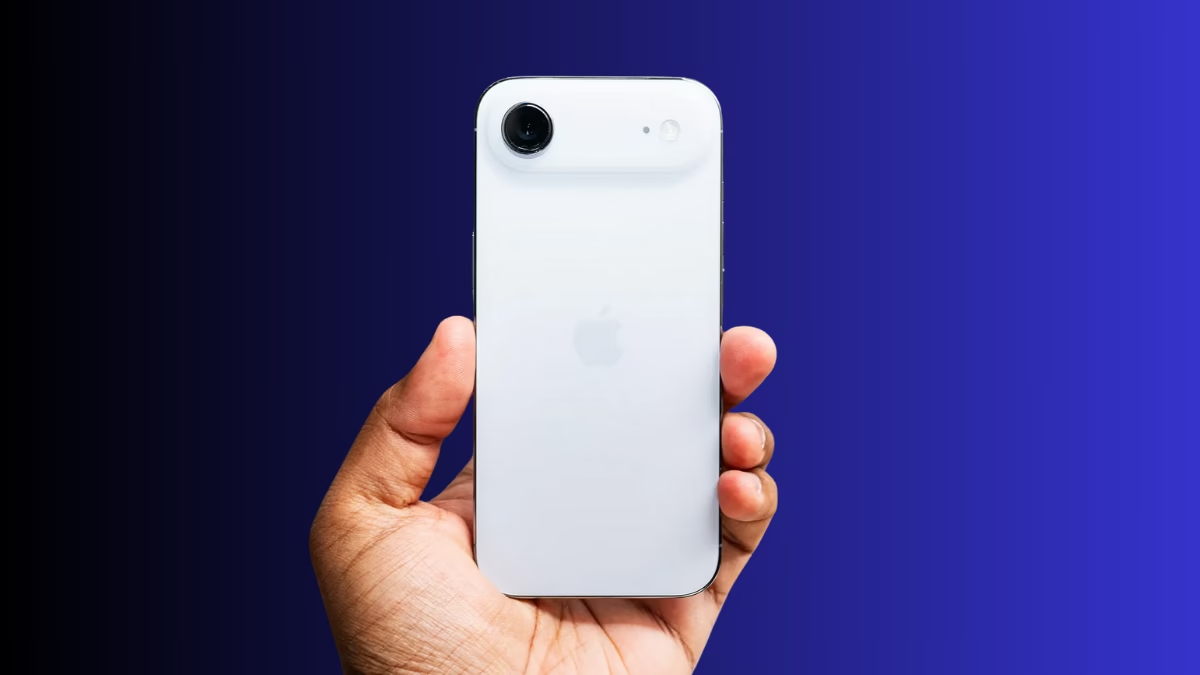
Familiar Features with Modern Enhancements
Apple has ensured that the iPhone 17 Air design retains some beloved features. The Dynamic Island returns, now taking up even less space. The Action Button and Camera Control remain key usability highlights. The front-facing camera gets a substantial upgrade to 24 megapixels and now supports Apple’s Center Stage technology. This camera uses a square sensor, making it possible to take selfies in both portrait and landscape modes without manually rotating the device. Apple also added the ability to record video simultaneously with both front and rear cameras — a feature aimed at content creators.
Pricing and Preorders
Preorders for the new devices begin Friday. The iPhone 17 starts at $799, the iPhone 17 Air at $999, while the iPhone 17 Pro and Pro Max cost $1,099 and $1,199 respectively. Interestingly, the iPhone Air is the first globally available eSIM-only iPhone, marking Apple’s continued push away from physical SIM cards. More models than ever before in the iPhone 17 series also ship with eSIM-only options worldwide.
The iPhone 17 Air in Focus
The iPhone 17 Air design reflects Apple’s intent to compete directly with other ultra-thin flagships in 2025, including the Samsung Galaxy S25 Edge and Honor Magic V5. At just 5.6mm, the iPhone Air is thinner than both rivals, shaving 2.65mm off the thickness of last year’s iPhone 16 Pro.
Inside the device, Apple uses a “high-density battery,” most likely based on silicon-carbon technology, enabling it to maintain slimness without compromising performance. It is powered by the advanced A19 Pro chip, supports ProMotion with a 120-Hz refresh rate, and features Qi2 25W wireless charging. Buyers can choose from four finishes: black, white, light gold, and light blue.
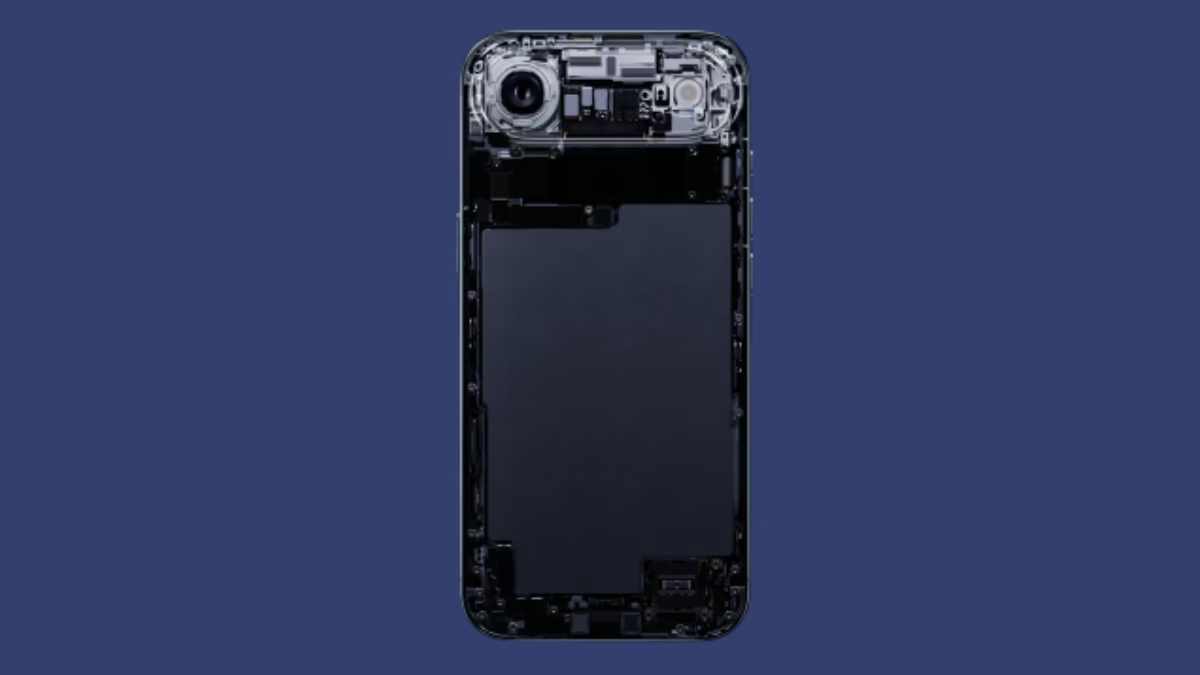
Battery Life and Charging Solutions
Despite its ultra-thin build, Apple claims the iPhone 17 Air design can match the video playback performance of the iPhone 16 Plus, offering up to 27 hours of usage. To complement this, Apple is also releasing a new low-profile MagSafe power bank, specifically designed to provide extra juice without compromising the Air’s slim aesthetics. How often users will rely on this accessory remains to be seen.
Explore More Tech News With Masterindesign
From Apple’s groundbreaking iPhone 17 Air launch to the latest in AI innovations, futuristic gadgets, and major global tech trends — Masterindesign.com brings you in-depth coverage, expert insights, and updates that keep you ahead in the fast-moving world of technology.
📞 Contact Us: +92-300-1234567
📧 Email: info@masterindesign.com


